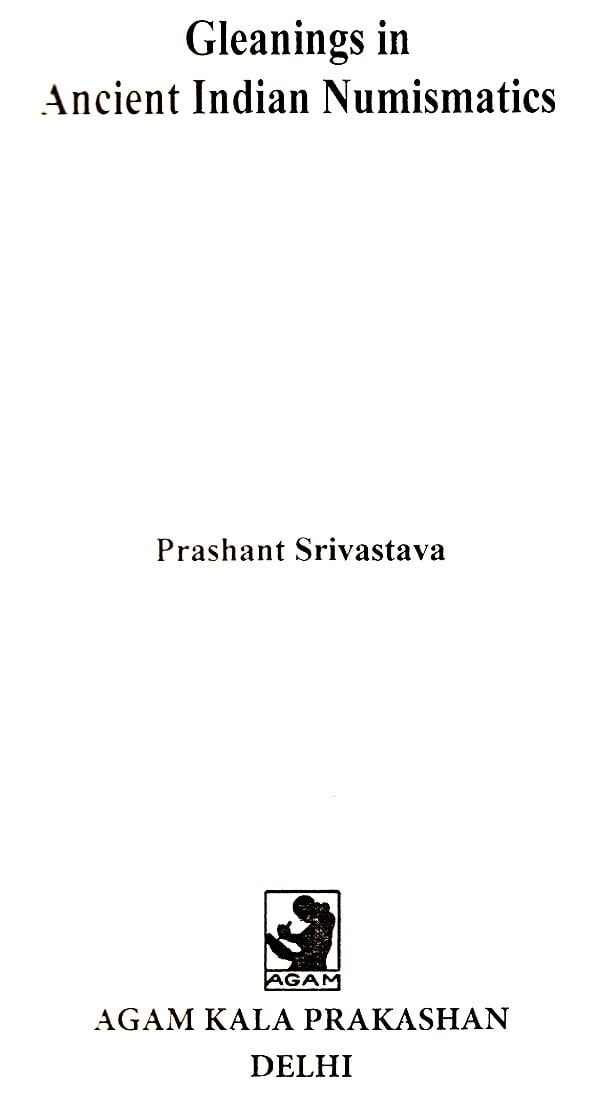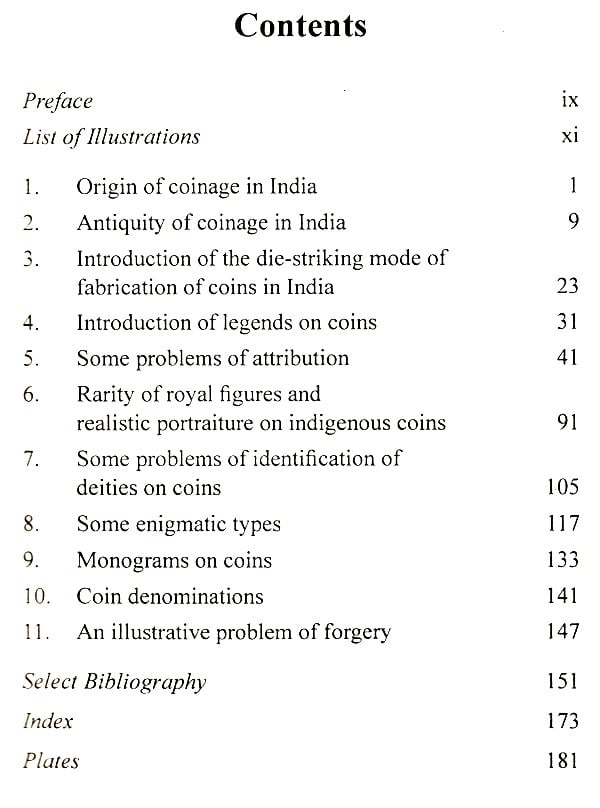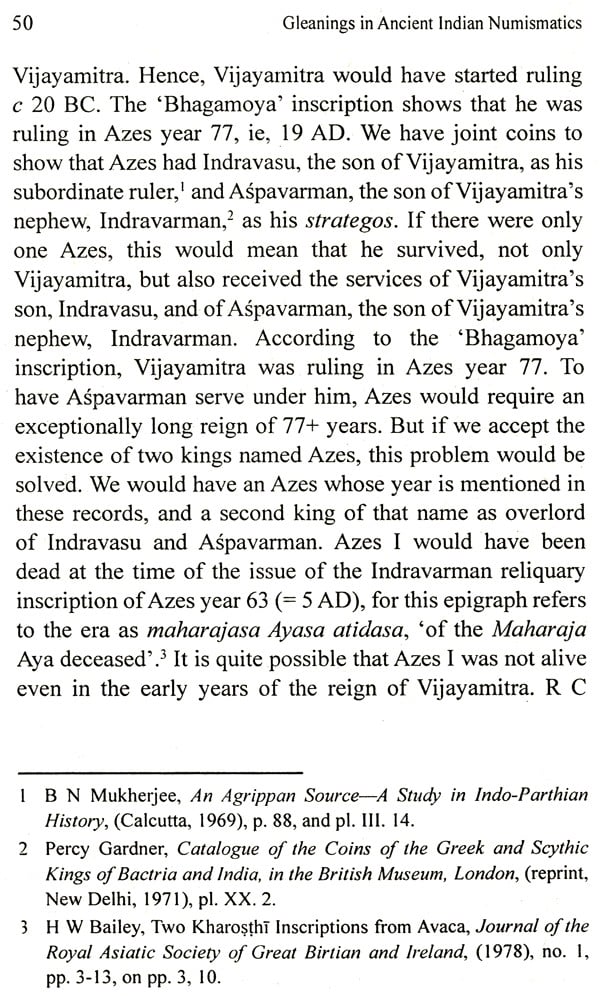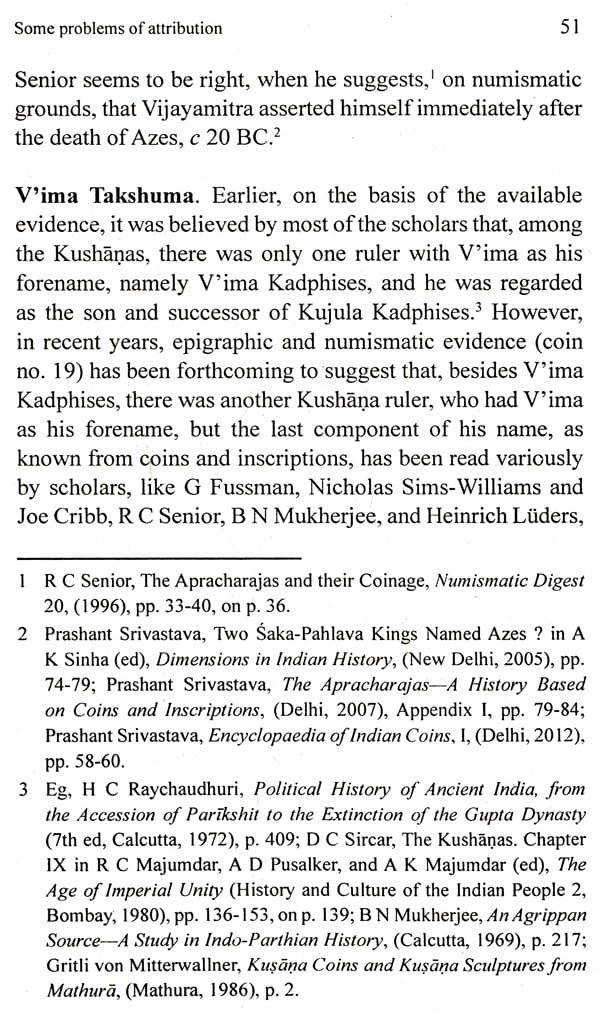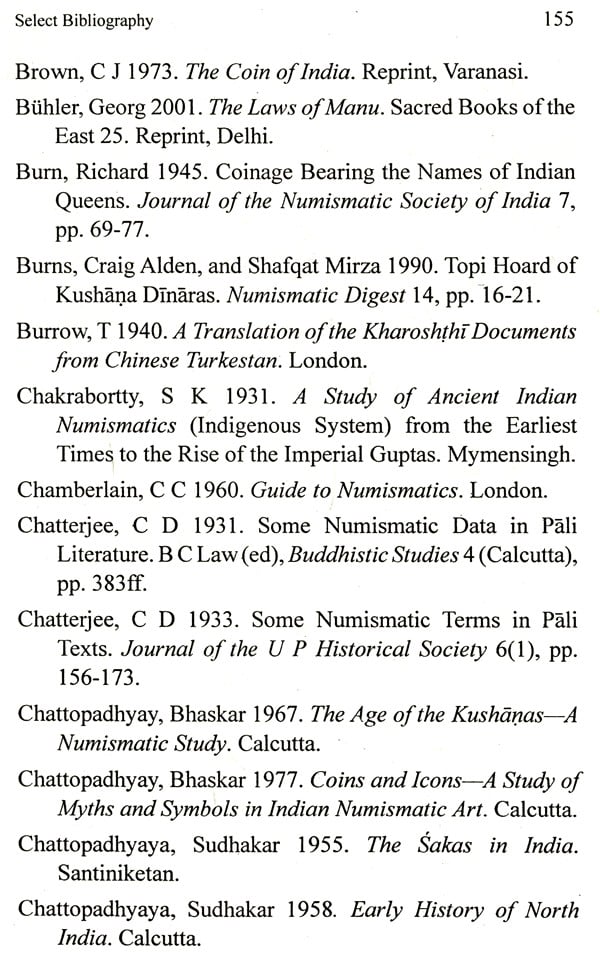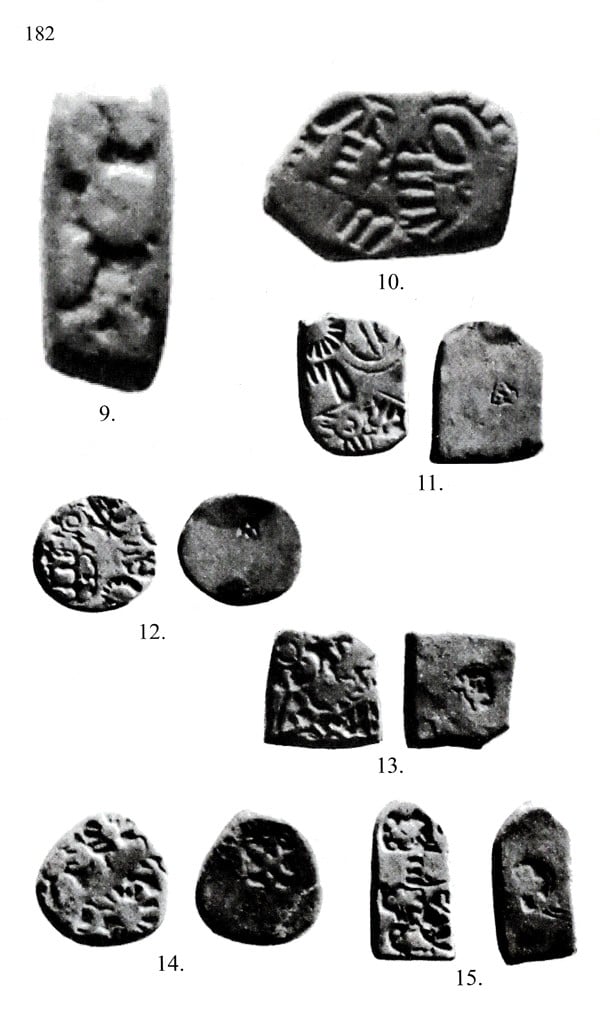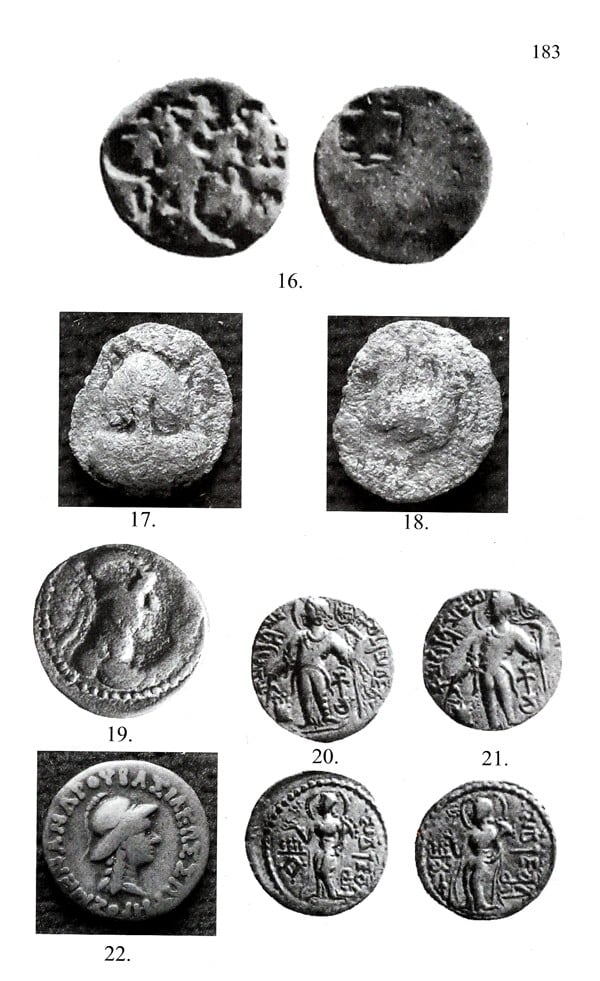
Gleanings In Ancient Indian Numismatics
Book Specification
| Item Code: | AZH066 |
| Author: | Prashant Srivastava |
| Publisher: | AGAM KALA PRAKASHAN, DELHI |
| Language: | ENGLISH |
| Edition: | 2014 |
| ISBN: | 9788173201424 |
| Pages: | 187 (Throughout Black and White Illustrations) |
| Cover: | HARDCOVER |
| Other Details | 9.00x6.00 inches |
| Weight | 486 gm |
Book Description
The field of ancient Indian numismatics is fraught with a number of problems and debates, which make the study of the coins of ancient India, such a rewarding and interesting endeavour. These problems and debates include those of the origin and antiquity of coinage in India; introduction of the die-striking mode of fabrication of coins, and of legends on ancient Indian coins; problems of attribution; of the rarity of busts and of realistic portraiture on ancient Indian coins; and of identification of deities on coins. Then, there are some enigmatic types; the significance of monograms appearing on coins; certain coin denominations; and forgery of coins, which pose problems.
Dr Prashant Srivastava, BA Honours, MA, PhD, DLitt, is Professor of Ancient Indian History and Archaeology, University of Lucknow, Lucknow. He has been awarded four gold medals (BA Honours-one; MA-two; D Litt-one).
He is the author of 12 books, including Joint Coin-types of Ancient India (Varanasi, 1990); Aspects of Ancient Indian Numismatics (Delhi, 1996); Coins of Ancient India (Lucknow, 1997, jointly with Professor K K Thaplyal); Art Motifs on Ancient Indian Coins (New Delhi, 2004); The Apracharajas (Delhi, 2007), and Encyclopaedia of Indian Coins (Ancient Coins of Northern India, up to c 650 AD), 2 vols (Delhi, 2012).
Ancient Indian numismatics has acted as a potent tool in the hands of a historian in his attempt to solve many a problem of ancient Indian history. A K Narain has rightly observed: 'For certain periods (of ancient Indian history)' the historian has to be a numismatist'.2 A study of coins has helped determine the family, date, and extent of rule of various rulers; it has assisted in identifying places known from literary and other sources, and locating the habitat of peoples; it has provided insights into the socio-economic dynamics of various periods of ancient Indian history; it has shed welcome light on mytho religious developments.
**Contents and Sample Pages**
